Visual interpretation Worksheets for Ages 5-7
14 filtered results
-
From - To
Discover our engaging Visual Interpretation Worksheets designed for children aged 5-7! These interactive worksheets help young learners enhance their visual skills through fun activities that promote observation, analysis, and critical thinking. Kids will explore picture interpretation, differentiate between shapes and patterns, and gain confidence in expressing what they see. Aligned with early learning standards, our worksheets foster creativity and imagination while reinforcing essential learning concepts. Perfect for both classroom and at-home use, these worksheets are a valuable resource for early educators and parents aiming to build visual literacy in young learners. Inspire your child's learning journey today with our vibrant worksheets!


Bugs Tally Worksheet
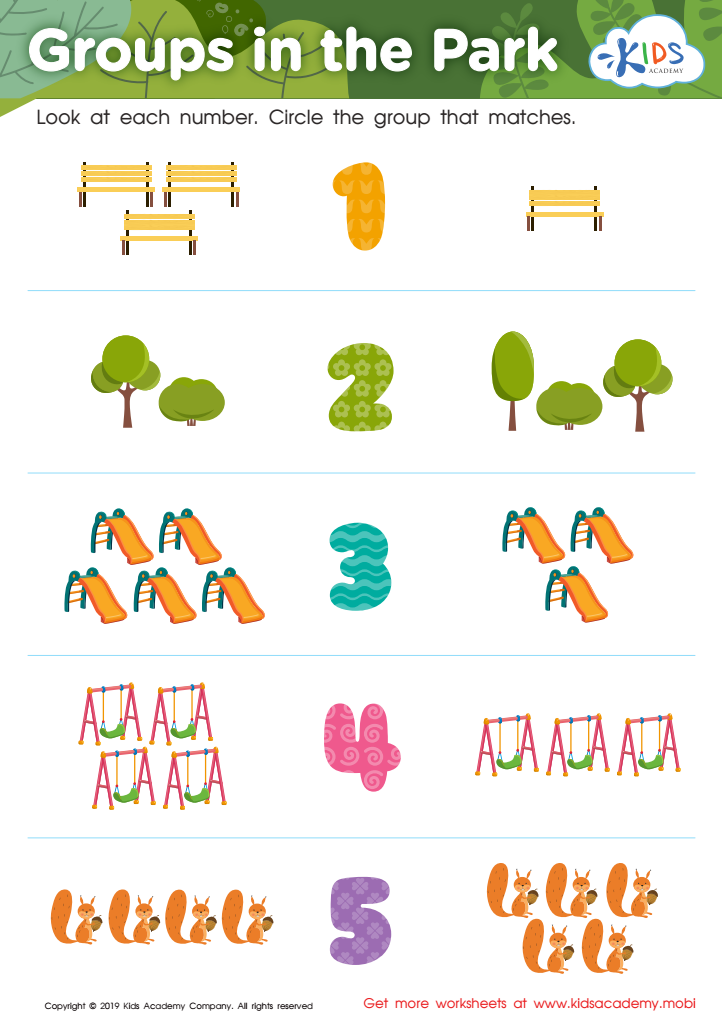

Groups in the Park Worksheet
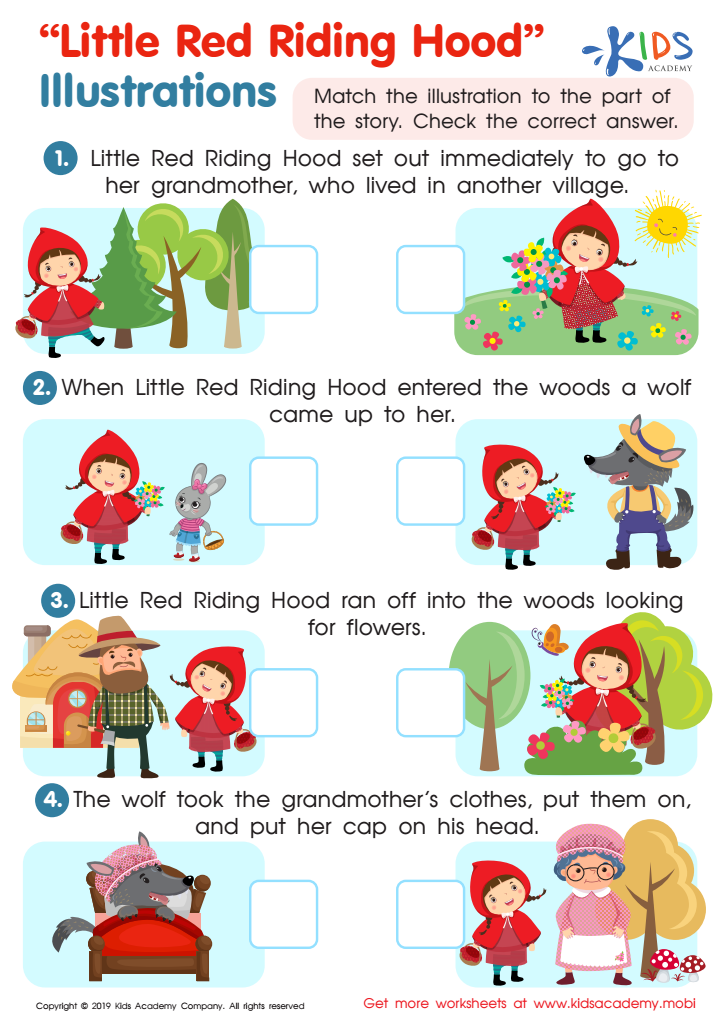

Little Red Riding Hood: Illustrations Worksheet
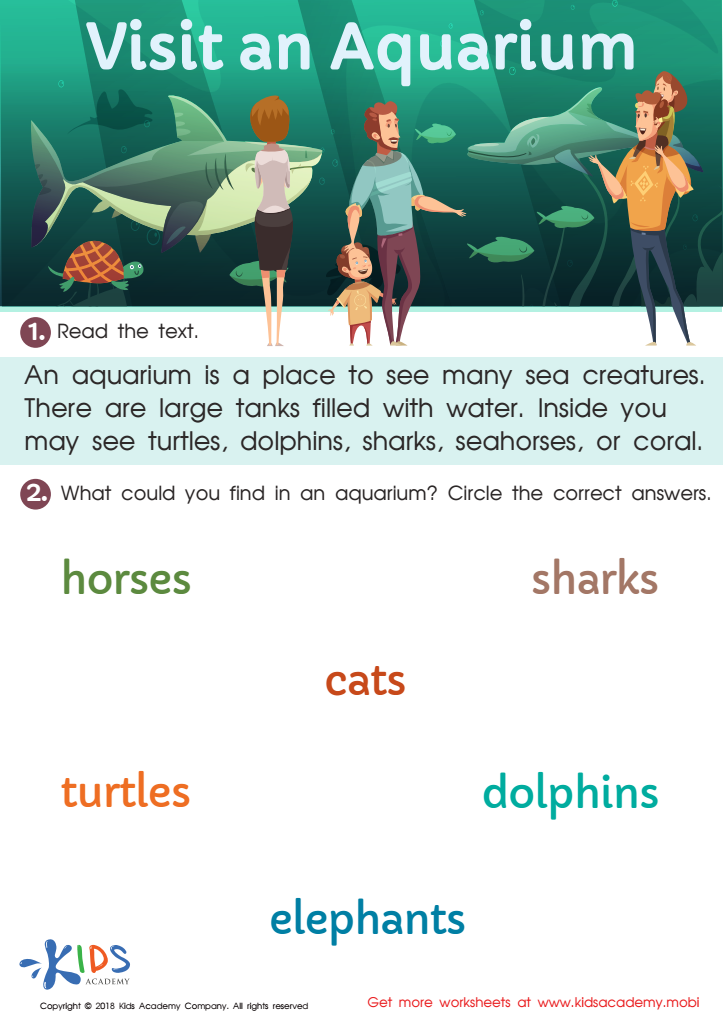

Visit an Aquarium Worksheet
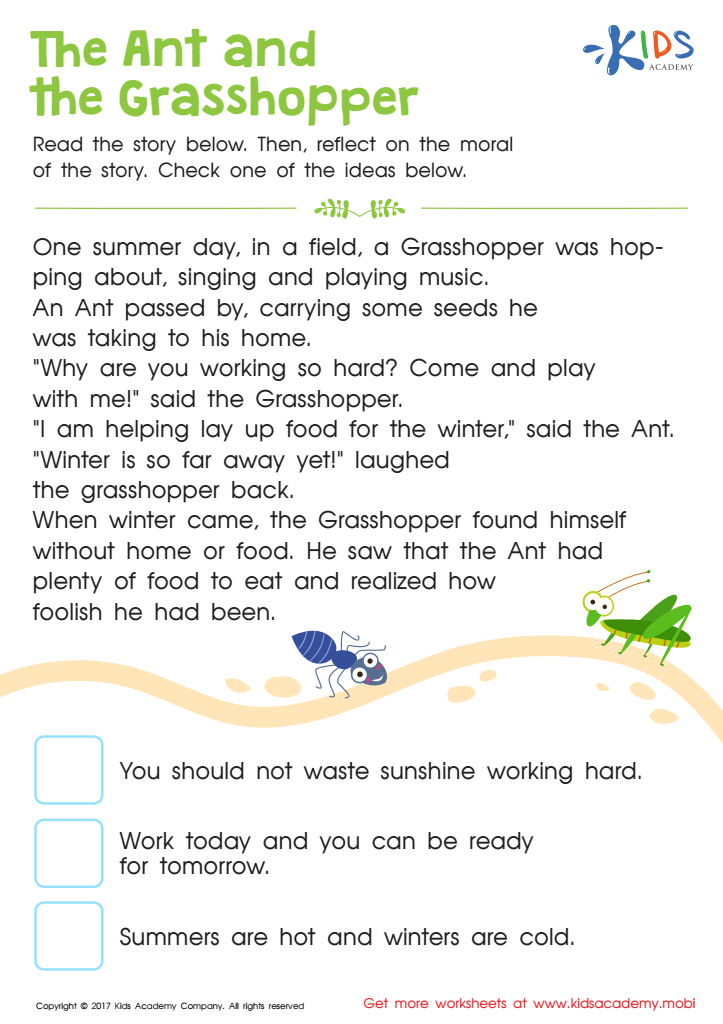

The Ant and The Grasshopper Printable
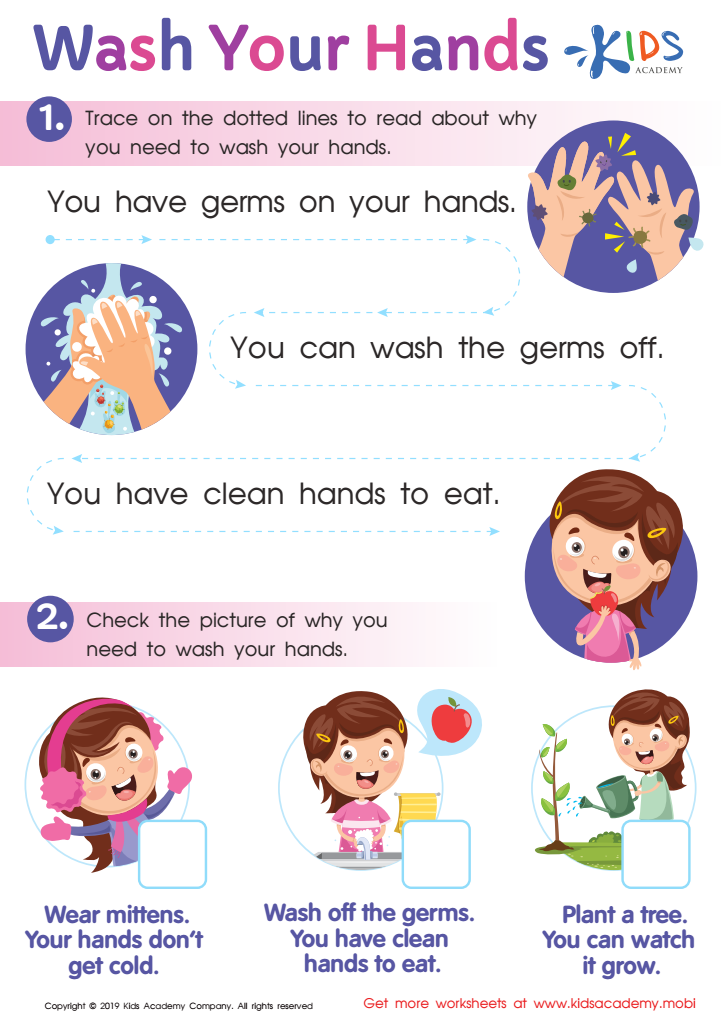

Wash Your Hands Worksheet
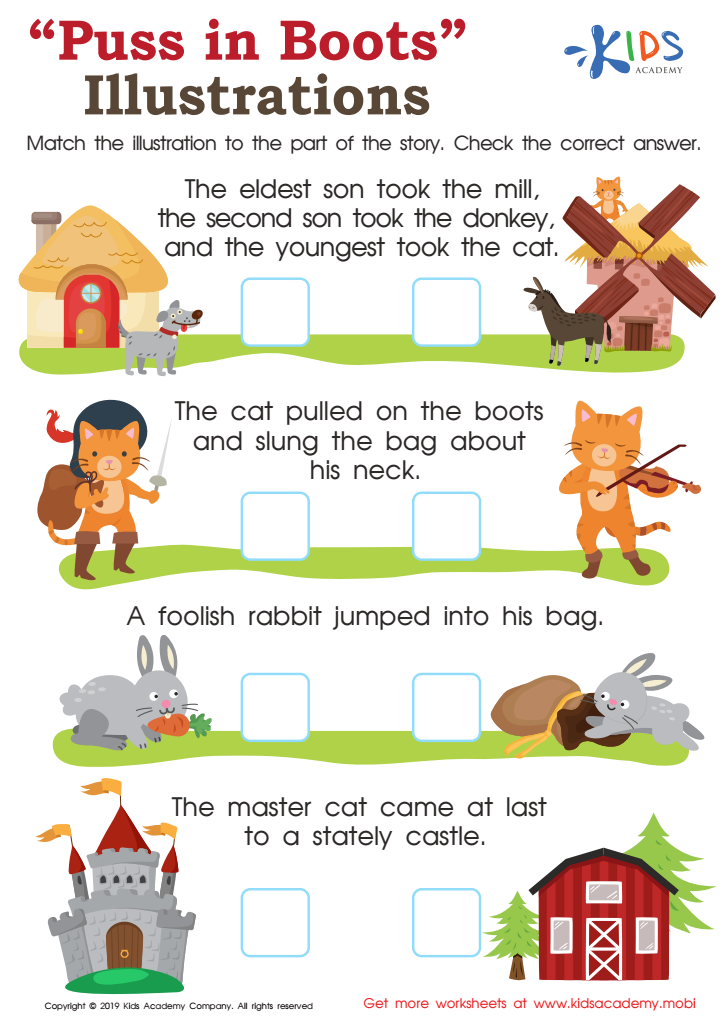

Puss in Boots Illustrations Worksheet
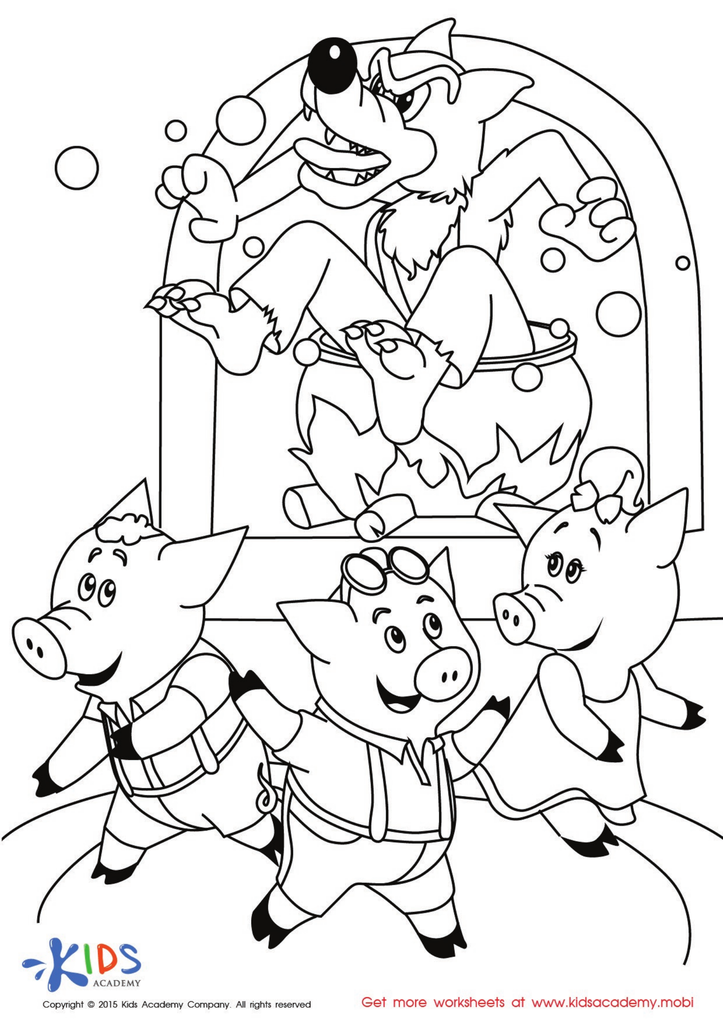

The Three Little Pigs and The Big Bad Wolf Printable
Visual interpretation is crucial for children aged 5-7 as it forms the foundation for their cognitive, social, and emotional development. During these formative years, children are naturally inclined to observe and process visual information, which plays a significant role in learning. By understanding and interpreting visual stimuli—such as pictures, charts, and symbols—they develop critical thinking skills that enhance problem-solving abilities and creativity.
Parents and teachers should prioritize visual interpretation skills because they contribute to literacy and numeracy. Children who can decode images and visual patterns are better equipped to comprehend texts and mathematical concepts. Additionally, strong visual interpretation fosters effective communication, enabling children to express their thoughts and ideas clearly through drawings, diagrams, or presentations.
Moreover, engaging with visual elements supports diverse learning styles. Some children grasp concepts better through visuals rather than text. Encouraging visual interpretation also helps build confidence, allowing children to feel competent in their abilities to analyze and convey information.
Ultimately, prioritizing visual interpretation lays the groundwork for academic success and lifelong learning, as visual literacy increasingly plays a vital role in a technology-driven world. Both parents and educators can nurture these skills through interactive activities that promote observation, analysis, and expression.
 Assign to My Students
Assign to My Students

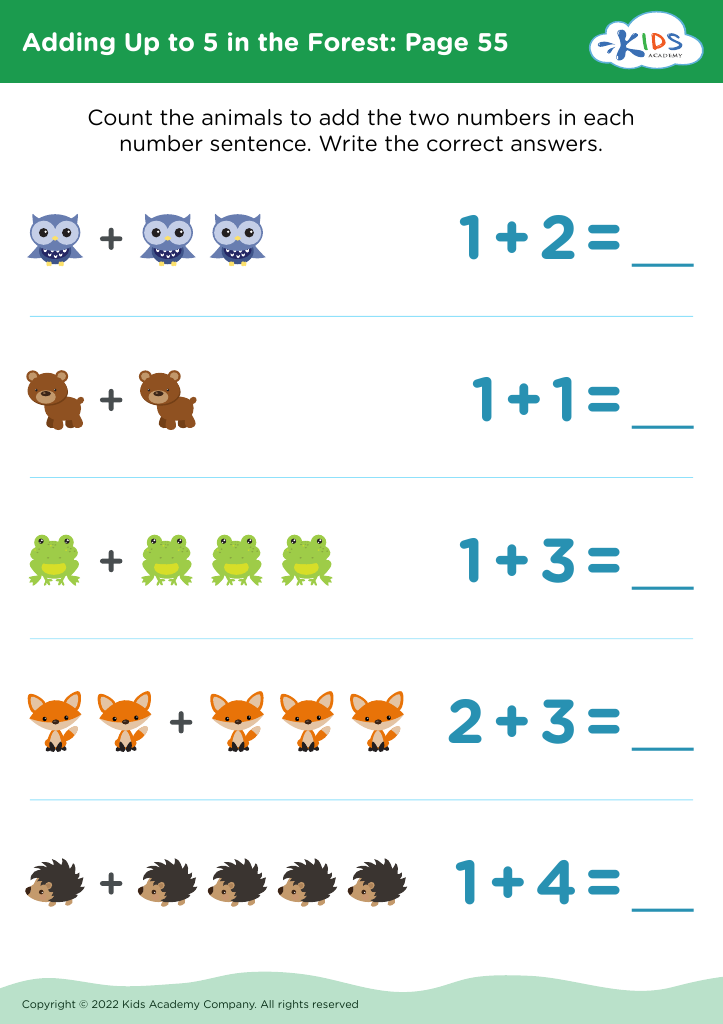


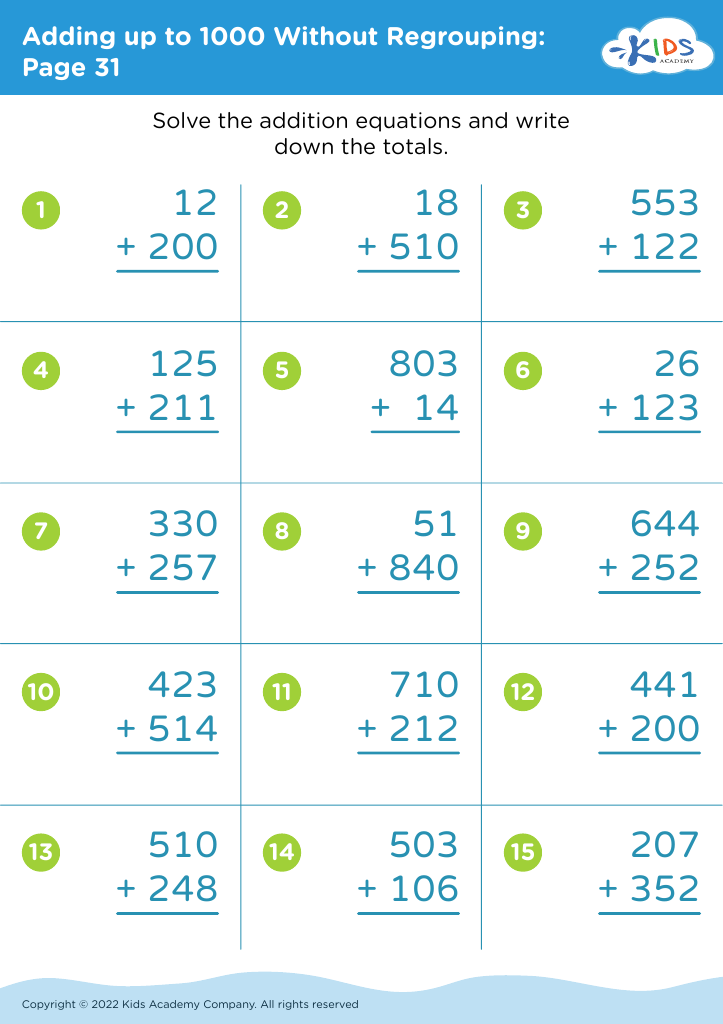

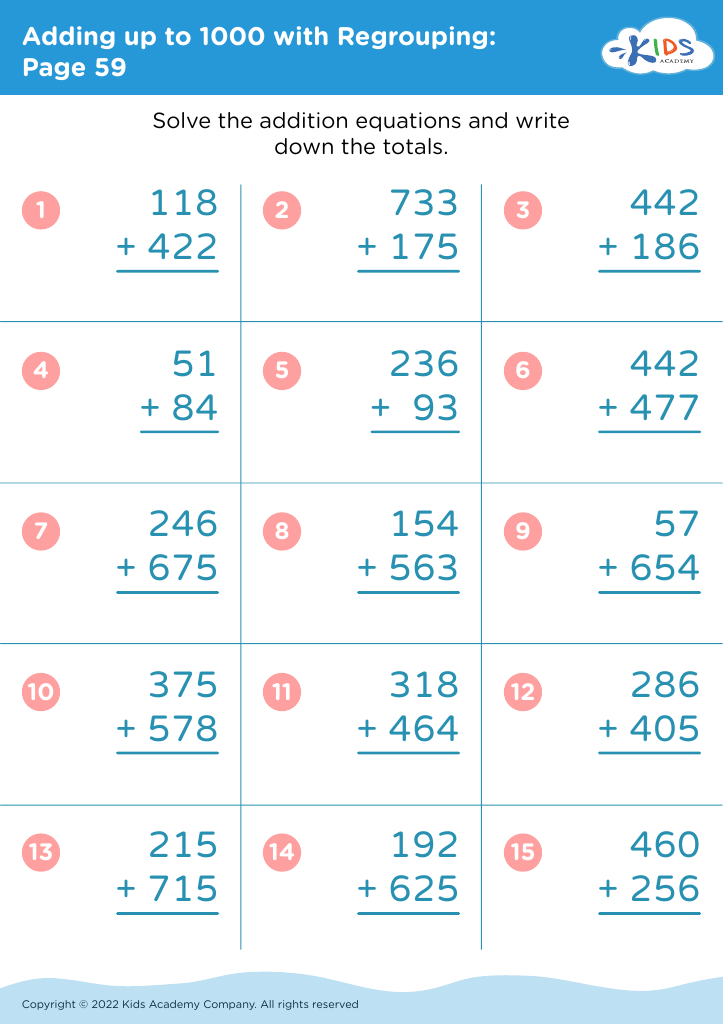

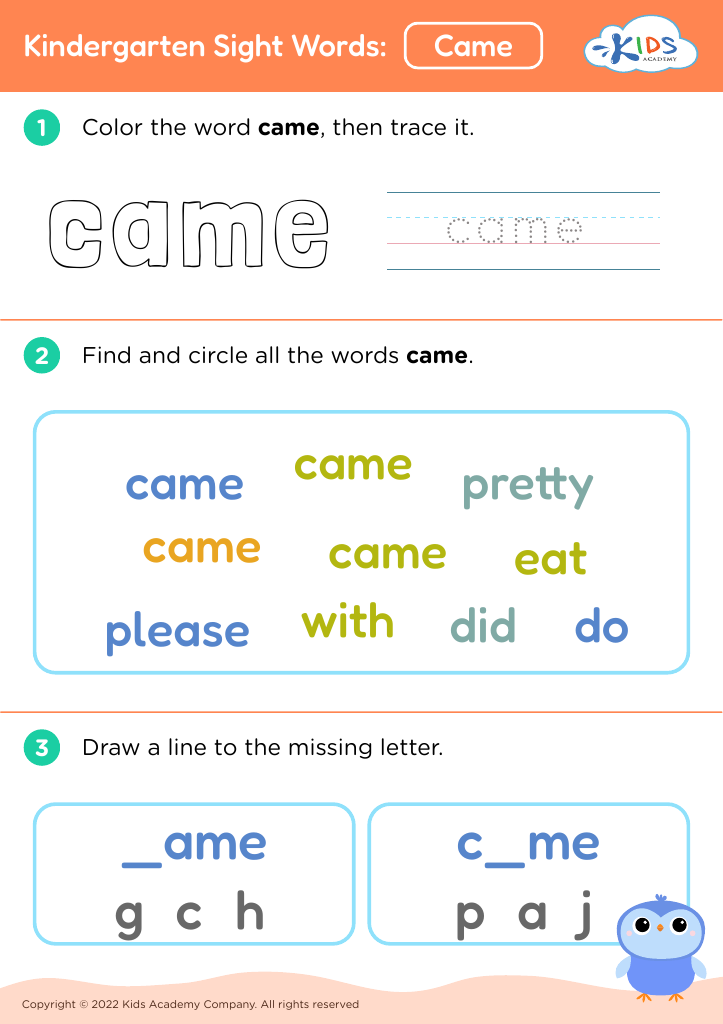




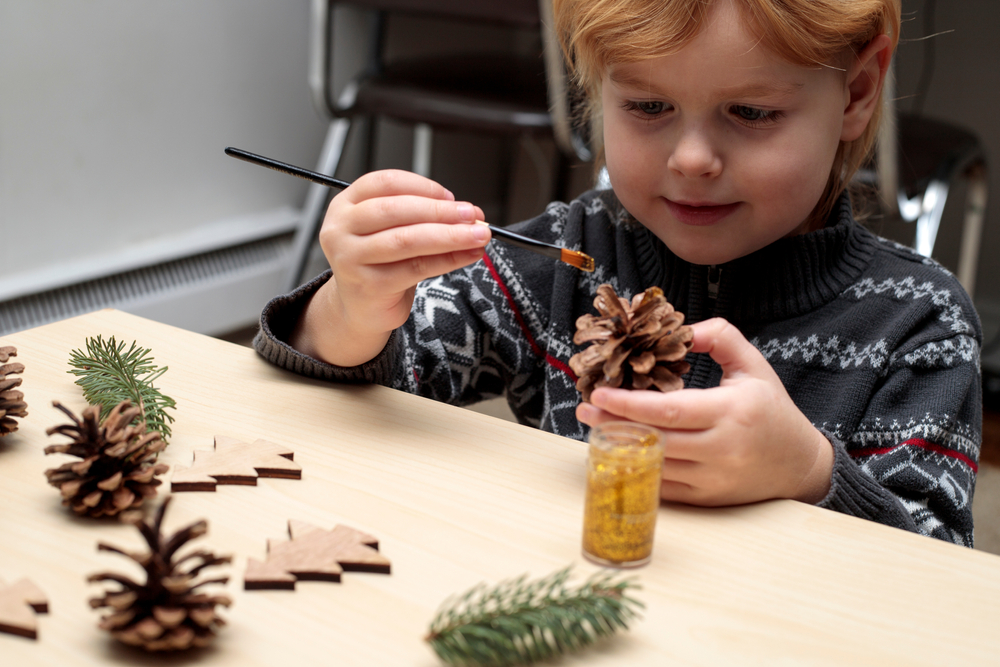
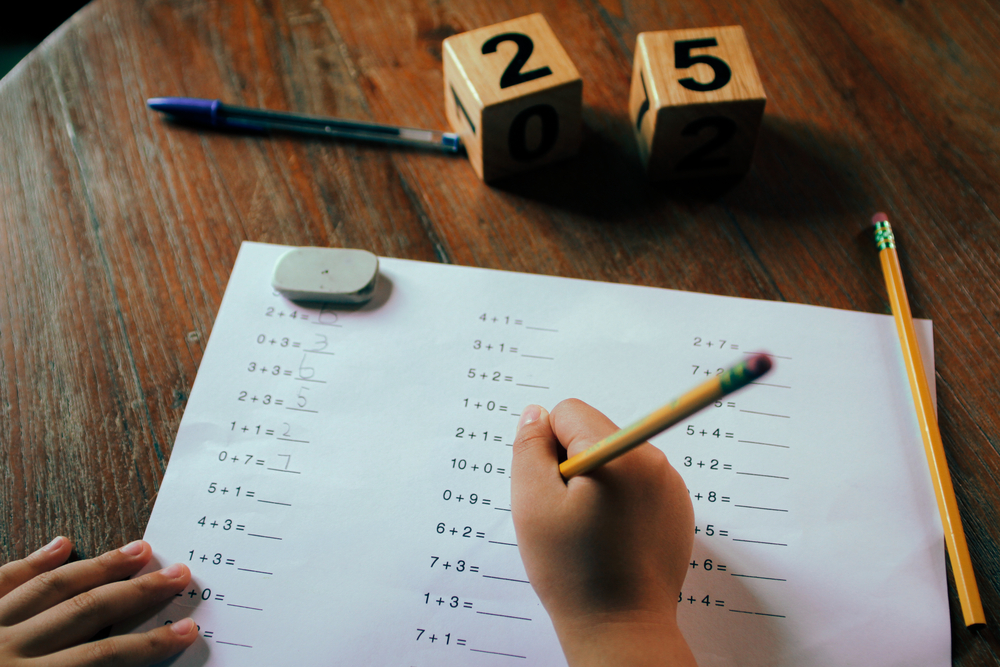

.jpg)










